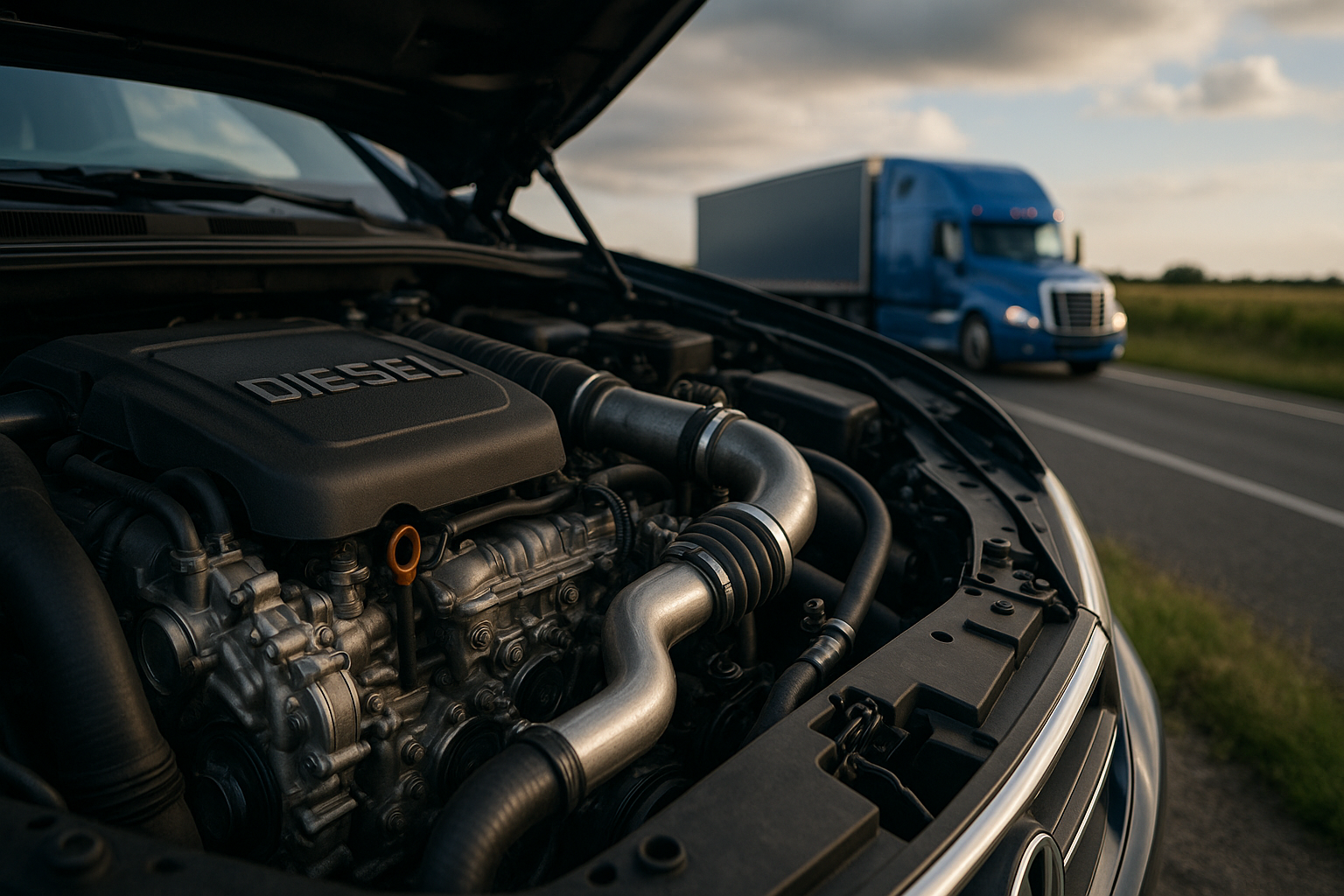Selecting Appropriate Towing Gear for Extended-Body Vehicles
This article explains how to choose towing gear suited to extended-body vehicles. It covers cargo handling, hatch access, roofrails, passenger considerations, storage solutions, and key safety and durability factors to help you match equipment to vehicle size and intended use.

Extended-body vehicles require towing gear chosen for their specific proportions, payload capacities, and typical use cases. Proper equipment selection balances cargo needs, passenger comfort, and road safety while minimizing wear on the vehicle. This article outlines practical considerations for towing, loading, and storing gear on longer bodies, and explains how features like roofrails and hatch load strategies affect efficiency and durability.
Towing and cargo considerations
When preparing an extended-body vehicle for towing, understand the vehicle’s gross vehicle weight rating (GVWR) and tongue weight limits. Towing gear—hitches, ball mounts, and sway control—must be rated to handle increased cargo and trailer loads without overstressing the frame. Correct hitch class selection and proper distribution of cargo are essential to maintain stability and reduce strain on drivetrain components. Regularly inspect mounting points for signs of fatigue, particularly around reinforced areas where extended bodies transfer load differently than standard-length models.
Hatch, loading, and storage
The hatch area on extended vehicles often acts as the primary loading point for bulky items. Choose cargo management solutions that preserve hatch clearance and maintain a clear path for frequent loading. Interior storage organizers, modular bins, and low-profile tie-down anchors help secure items near the hatch while preserving passenger space. Consider cargo covers or liners designed for longer cargo floors to protect finishes and simplify cleaning after heavy use. Properly secured loads reduce shifting during braking and cornering, improving overall safety.
Roofrails, external mounting, and loading
Roofrails can expand carrying capacity without sacrificing interior comfort, but they change the vehicle’s center of gravity. Use roof-mounted racks and crossbars rated for dynamic loads, and ensure that attachments are compatible with the vehicle’s roofrail pattern. Load distribution matters: keep heavy items low and centered when possible, and adhere to manufacturer lift limits. For longer items that extend beyond the hatch, use proper flagging and tie-down points to secure overhangs and comply with transportation regulations in your area.
Passenger comfort and safety
Towing and carrying heavy cargo on an extended-body vehicle should not compromise passenger comfort or safety. Monitor suspension ride height and damping; overloaded rear axles can reduce comfort and handling predictability. If regular towing is expected, consider upgraded shock absorbers or helper springs that are compatible with the vehicle’s design. Always confirm that passenger seating and restraint systems remain unobstructed by cargo, and verify that rear visibility and hatch operation are preserved to avoid accidental interference with occupants.
Durability, maintenance, and gear selection
Durability factors influence long-term costs and vehicle reliability. Select towing components constructed from corrosion-resistant materials and proven designs, and prioritize replaceable wear items such as hitch pins and couplers. Schedule more frequent inspections for extended-body vehicles used for towing because longer frames and altered load paths can cause different wear patterns. Maintenance should include checking fasteners, lubricating moving parts, and monitoring for frame or body stress indicators in areas where towing hardware attaches.
Versatility and efficiency for varied use
Extended-body vehicles often need to serve multiple roles—passenger transport, cargo hauling, and towing. Opt for modular solutions that can be reconfigured: removable hitch-mounted carriers, foldable cargo trays, and adjustable tie-down systems preserve versatility. Efficiency is improved when gear is matched to typical loads rather than maximum capacities; undersized or oversized equipment reduces fuel economy and handling. Plan storage for unused gear so it can be stowed securely without adding unnecessary weight.
Selecting the right towing gear for an extended-body vehicle is a balance of rated capacity, safe loading practices, and attention to passenger comfort. Focus on components rated for your vehicle’s specific thresholds, maintain secure and low-centered cargo arrangements, and inspect hardware regularly for signs of wear. Thoughtful choices around roofrails, hatch access, and storage solutions help maintain efficiency and durability while keeping occupants safe.






